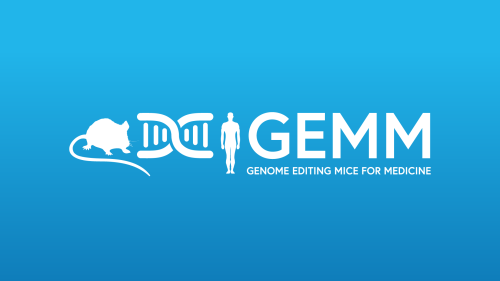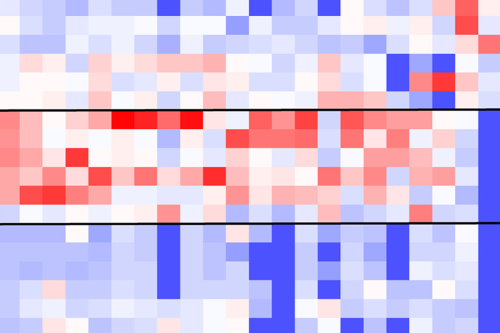Mouse lines generated by the MRC Genome Editing Mice for Medicine programme: a case study
Posted by Debora Bogani, on 28 October 2022
By David Christensen

At the Mary Lyon Centre at MRC Harwell we have our 10th Genome Editing Mice for Medicine (GEMM) call open and accepting applications, so we decided it would be a good opportunity to look back at genetically altered mouse lines generated for successful applicants from previous funding calls. We have created some case studies that demonstrate the range of work we have supported and highlight some of the lines that we have available for the scientific community
The GEMM programme offers the expertise and resources required to deliver and validate new and innovative mouse models that contribute to answering vital, pertinent scientific and clinical questions that can only be answered by the use of an in vivo model. Successful applicants demonstrating the scientific and clinical importance of their desired model have their novel mouse line designed and produced free of charge and made available to the scientific community. The first call for applications was made in 2016 and, so far, more than 80 novel genetically altered mouse lines have been generated.
One example line is C57BL/6NTac-Gldcem1H/H, which contains a disease-associated point mutation created by CRISPR/Cas9 in the gene GLDC.
Glycine decarboxylase (GLDC) is one of four enzymes that make up the glycine cleavage system (GCS), a complex that regulates the abundance of the amino acid and neurotransmitter glycine. This is done by catabolising glycine to release carbon dioxide and transfer a one-carbon unit into mitochondrial folate one-carbon metabolism. Mutations in GLDC have been found in patients with a severe inherited metabolic disease, Non-Ketotic Hyperglycinemia (NKH) and neural tube defects (NTDs). GLDC has also been found to be highly expressed in some cancers and it’s thought that sensitivity to GCS inhibition might provide a therapeutic strategy. Triplication of GLDC has been seen in bipolar/schizoaffective disorder, likely due to low levels of glycine impacting its role as a neurotransmitter.
NKH is a rare, life-limiting inherited metabolic disease characterised by accumulation of excess glycine in the body fluids and tissues. It becomes apparent soon after birth with lethargy, breathing difficulties, and neurological symptoms, including seizures. Affected individuals suffer epilepsy and profound delay in development. More than 80% of patients with NKH carry mutations in GLDC. NTDs are severe birth defects of the developing nervous system that affect 1 in 1,000 pregnancies worldwide. Due to the importance of folate for brain development, disruption of folate metabolism is implicated in causing NTDs and folic acid supplements can prevent some, but not all NTDs. The GLDC missense mutation S951Y has been identified both in patients with NKH and with NTDs.
To provide a pre-clinical model for these diseases, Nick Greene, a group leader at the UCL Great Ormond Street Institute of Child Health, applied to the GEMM programme to generate a mouse model for the S951Y variant (S956Y in mice). He and his team were then able to generate mice carrying the S956Y variant in combination with a deleted copy of GLDC, as a means to genetically copy the combination of variants present in an NKH patient. Using this model, they were recently able to show mild but significant elevation of plasma glycine, suggesting that the mutant protein retains some function, when compared with the glycine elevation seen in a knockout model. Despite only mild elevation of plasma glycine, there was still significant glycine accumulation in the brain, as well as a trend towards accumulation of related compounds that are also thought to cause epilepsy. Importantly, they were also able to demonstrate that glycine levels in the brain could be normalised by activation of glycine conjugation via administration of cinnamate, which could suggest a future therapy.

Prof Greene’s team plan to use the model to test disease treatments, including via gene therapy, and the model could also be useful for testing of putative genetic interactions with “second hit” variants that may increase the likelihood of NTDs.
This line and all others generated through the GEMM programme are available through the National Mouse Archive, here at MRC Harwell, and through the European Mouse Mutant Archive (EMMA).
We are currently accepting applications for the 10th GEMM call and invite you to nominate ideas and designs for your own genetically altered mouse lines.
Application Deadline: 2nd December 2022


 (No Ratings Yet)
(No Ratings Yet)